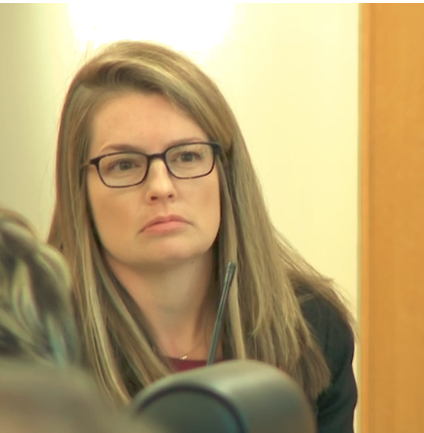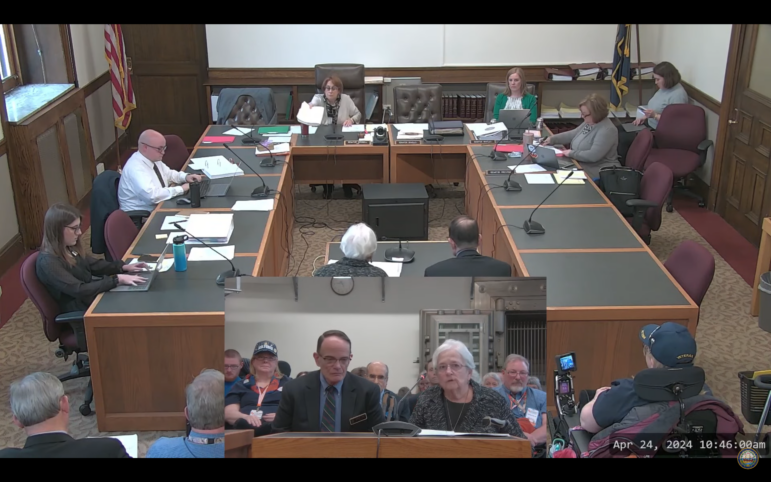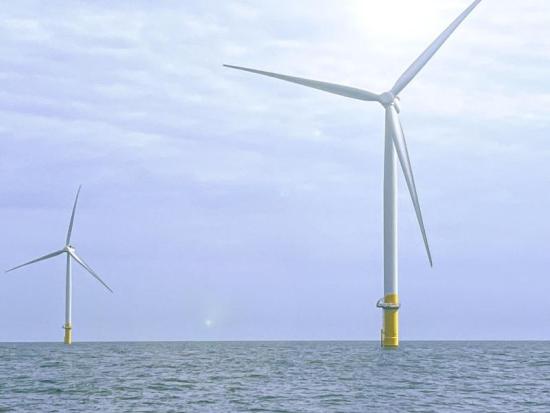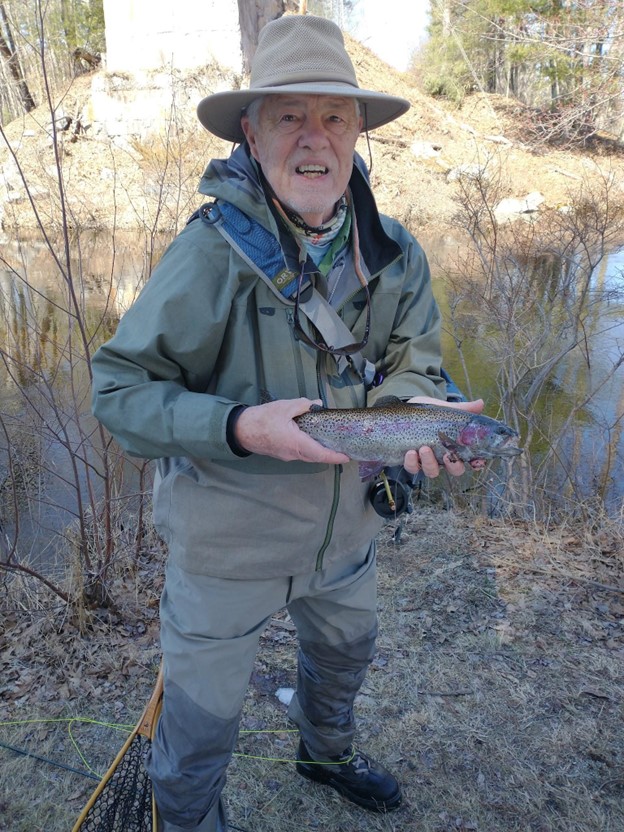
Writing on the Fly
By GEORGE LISET
When the days get longer and the weather gets hotter, it is just a matter of time before the water warms. In Southern New Hampshire, the smaller streams warm up faster than the bigger rivers. In the northern part of the state above the Notch, the water stays cooler longer. With this in mind, a great tool for a fly fisher to have is a river thermometer.
The thermometer is important because the water temperature will give you a clue as to what type of fish may be active. Trout like cooler water, usually around 50-60 degrees. Trout are more active when the water is cooler and there is a good flow on the river. As the water warms, the trout become less active and are schooling any place in the river where there is cool water.
Some rivers are spring fed or have springs in the river themselves. A favorite spot on the Connecticut River has a spring fed stream feeding into it. During the summer I know that there will be a number of trout just hanging at that confluence. With a thermometer you can check the river temps to find the cooler water to find those trout hiding spots.
Two weeks ago I was fishing at a local river. My son Reed got out his thermometer and the water temp was 62 degrees. That morning, using a size 14 Bead Head Marabou Minnow we caught a number of Rainbow and Brook Trout. It was a perfect day to fish for trout.
One week later, we went back to the exact same spot to hopefully repeat the results of our last outing. We saw the river was lower. Reed took the river temp and yelled over, “76 degrees!” We both knew what that meant, Sunfish time.
Most rivers in Southern New Hampshire have a mixture of fish, a mixture being both warm water and cold water species. Bass, Sunfish, Pickerel and other panfish love the warm water. Trout and Salmon and other Salmonids are cold water species. With this information, it makes it easier to choose a fly and a tactic.
Knowing that the water was 76 degrees helps us to know that the “Sunnies” would be active. So Reed and I tied on some smaller flies. I went with a size 18 Chernobyl Ant and Reed used a size 20 gnat. Usually these flies will do the trick, but about thirty minutes later we had no action. Reed changed over to a size 18 Stimulator, which is a top water fly. Reed cast it out and then slowly skipped it across the surface on his retrieve. Five minutes later he was into our Sunfish. Then he followed it up with the next two Sunfish and the days only Brook Trout.
I was certain the ant would do the trick, but to no avail. I switched over to a size 18 Hares Ear Nymph and fished it in the subsurface film, again with the same results. I finally put on a Bead Head Marabou Minnow in a size 16. I let it swing across the current. A few casts later I caught the biggest Sunny of the day. I was on the board.
Catching these fish on a light rod made the experience more enjoyable. Reed and I were both using our three weight rods which is a perfect size for small streams. In the truck, Reed said it was great to get the trout, although he must have not got the message about the water temp, but the Sunfish were definitely the stars of the day.
George Liset of Dover is an outdoor writer and avid fly fisherman who shares insights of his time on the water exploring New Hampshire streams and rivers as well of those around New England. George is a graduate of Wheaton College, Illinois, and the University of New Hampshire.





